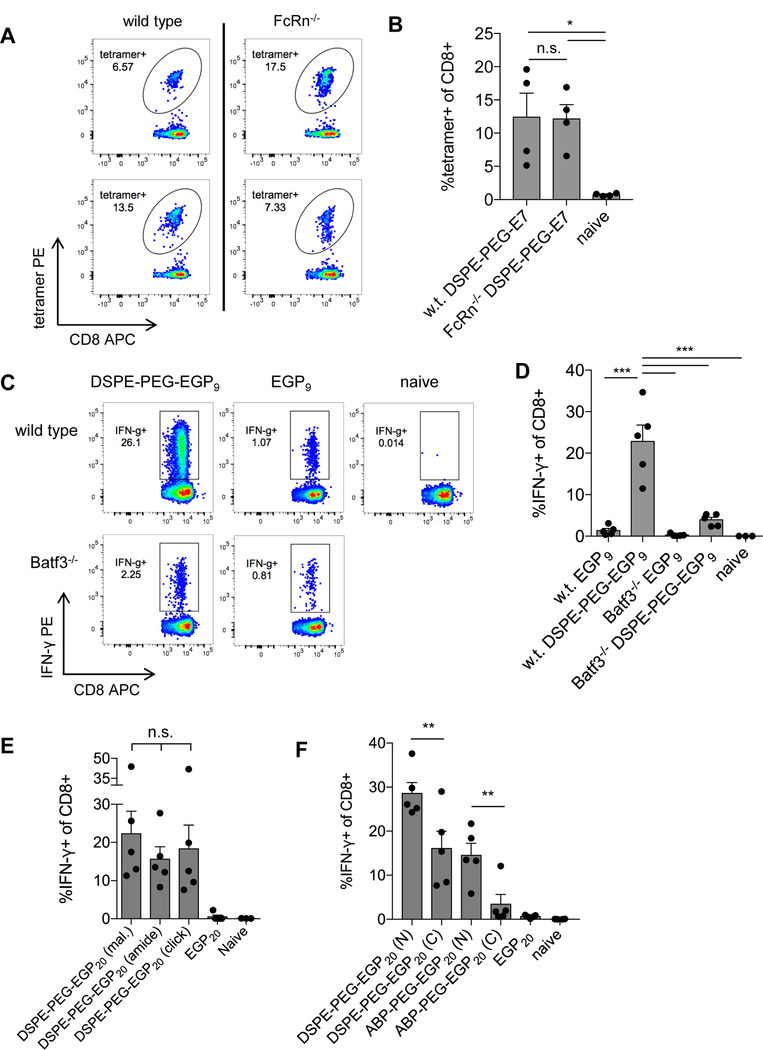Figure 3: Amph-vaccine does not rely on FcRn, and short DSPE-PEG-peptides require Batf3 DCs for optimal responses.

A-B C57BL6/J or FcRn–/– mice were primed on day 0 and boosted on day 14 with 10 µg DSPE-PEG-E7 peptide and 1.24 nmol lipo-CpG. Tetramer staining was performed on day 21. A, Tetramer plots from representative wild-type (w.t.) or FcRn–/– mice gated on live CD8+ T cells. B, Mean tetramer responses quantified as % tetramer+ of CD8+. n = 4/group; ANOVA with Tukey post-test. C-D, C57BL6/J or Batf3–/– mice were primed on day 0 and boosted on day 14 with 5 nmol EGP9 peptide or DSPE-PEG-EGP9 and 1.24 nmol lipo-CpG, and ICS was performed on day 22. C, Shown are representative IFNγ plots gated on live CD8+ T cells. D, Mean T-cell responses quantified as % IFNγ+ of CD8+. n = 5/group; ANOVA with Tukey post-test; representative of 2 independent experiments. E-F, C57BL6/J mice were primed on day 0 and boosted on day 14 with 25 µg c-di-GMP and 5 nmol EGP20 peptide or construct, and ICS was performed 7 days post-boost. Mean T-cell responses quantified as % IFNγ+ of CD8+. n = 5/group; ANOVA with Bonferroni correction for preplanned comparisons. *P<0.05, **P<0.01, ***P<0.001.
